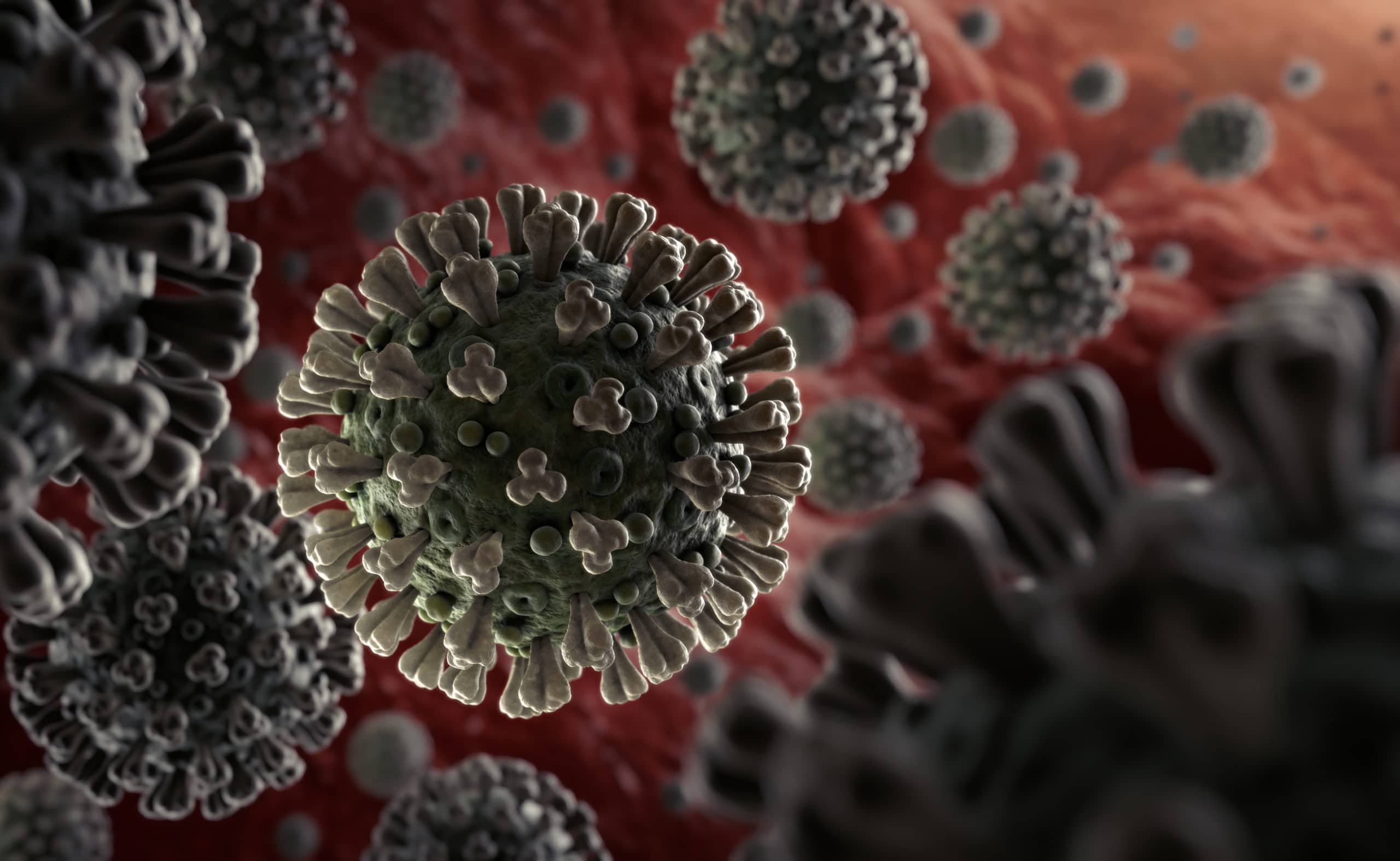In the past few weeks, scientists have reported the start of testing of a potential vaccine for COVID-19. The ongoing research and trials for finding a cure or a vaccine for the treatment of SAR-CoV-2 have given a little hope for controlling the health crisis to the people and governments worldwide.
However, the chief of the World Health Organization had also added that the virus is likely to stay for a longer than expected time.
Therefore, people are encouraged to follow the guidelines from official health authorities for the prevention of the further spread of COVID-19.
Though the SARS-CoV-2 has been noted to be different than all previous strains of coronaviruses, a number of scientists have compared the virus and the current pandemic with the Spanish flu outbreak of 1918-1919.
The Spanish flu pandemic was one of the deadliest health crisis which affected around thirty percent of the population of the world. Statistically, it was responsible for around fifty million deaths and had around five million confirmed cases globally.
RELATED: How did the Coronavirus Start – What to Know?
On the other hand, COVID-19 pandemic also has almost four million confirmed cases worldwide. However, it is the current health crisis is unlikely to be as devastating as the Spanish flu of the early twentieth century.
This is because the world is no longer the way it was during the Spanish flu outbreak and there have been many advancements in medical science. The Spanish flu symptoms were first diagnosed in March of 1918 during the time of the first World War.
Since the world was at war, the majority of the countries centered on their health policies and responses to the spread of the Spanish flu around the ongoing battles.
Pulmonary responses and fatalities of the flu were twenty-five times higher due to the lack of medical equipment as well as health care workers in hospitals.
Most of the people were deployed at stations for the war or in factories for maintaining the supply to battlefronts. Imposing restrictions or passing policies that encourage social distancing at this time was impossible due to the situation.
Even though the flu had spread globally and had been diagnosed in multiple countries included in the war, a major portion was not even aware of Spanish flu symptoms.
Therefore, there were no restrictions on public gatherings and events in England until November. Till then, the cases of the Spanish flu had already overwhelmingly increased.
In comparison with Britain, the US had imposed restrictions earlier in September and had effectively limited its effects on the country.
At the moment, the countries which took preventive measures at the beginning of the COVID-19 pandemic, such as Australia and New Zealand have also successfully contained the infection.
There are differences as well as similarities between these two pandemics. For instance, scientists have stated that the COVID-19 crisis can also only be resolved once a vaccine has been manufactured.
The Spanish flu vaccine, also commonly given to people today, played a fundamental role in controlling the pandemic.
After the Spanish flu vaccine was manufactured and given to people on a mass-scale, the crisis was controlled and the rates of spread of the infection as well as death toll were also controlled.
Like the Spanish flu, some scientists have stated the COVID-19 will also become endemic and occur seasonally. Therefore, it is highly likely that vaccines for the infection would have to be renewed every reason once the crisis has been controlled.
For the control of SARS-CoV-2, important lessons can be learned from the 1918-1919 outbreaks such as how strict restrictions and collective efforts are fundamental to ending the crisis as soon as possible.


